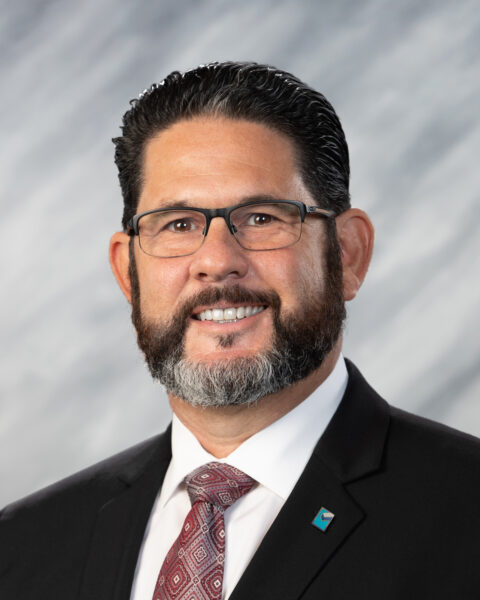The Long Beach Board of Harbor Commissioners has approved a $760 million budget for the Port of Long Beach for the 2025 fiscal year, establishing a plan to fund new capital improvements in rail, zero-emissions, and other infrastructure.
Later this year, the budget will be sent for approval to the Long Beach City Council. It includes a record $25.8 million transfer to the City’s Tidelands Operating Fund, which supports quality-of-life projects along Long Beach’s 7-mile coastline that have improved shoreline safety, cleanliness, water quality, facilities, and other amenities.
The Port’s budgeted spending for the 2025 fiscal year, which begins Oct. 1, is 19.5% higher than the budget adopted last year. The increase is largely due to infrastructure projects like the Pier B On-Dock Rail Support Facility, which breaks ground this year, and the proposed Pier Wind. If approved, Pier Wind would be the nation’s largest facility specifically designed to assemble offshore wind turbines.
Operating revenue is estimated to be 6.8% higher than last year’s budget.

“This budget reflects our values, balancing serving as an economic engine for our city and region and growing responsibly while limiting environmental impacts,” said Port of Long Beach CEO Mario Cordero. “We are optimistic about the year ahead and this spending plan builds our competitive advantages for the green future.”

“Because trade, construction and tourism support 51,000 jobs in Long Beach – or one in five jobs – it’s important we stay focused on attracting business, building for the future and moving cargo sustainably,” said Harbor Commission President Bobby Olvera Jr. “This budget advances these goals by leveraging our stable financial strength as a top gateway for global commerce.”
Next year’s proposed capital budget totals $368.3 million, 47.2% higher than the prior year. Of the sum, $204.9 million is for the Pier B project, which will break ground this summer. Pier B will shift more cargo to “on-dock rail,” where containers are taken to and from marine terminals by trains. Moving cargo by on-dock rail is cleaner and more efficient, as it reduces truck traffic. No cargo trucks would visit the facility. The Port of Long Beach maintains one of the most comprehensive seaport infrastructure programs in the nation.
Also included in the budget is approximately $25 million in Clean Truck Fund subsidies to support the transition of the heavy-duty truck fleet to zero emissions. The Port of Long Beach has twin goals of a zero-emissions cargo-handling fleet by 2030 and zero-emissions trucking by 2035. Additionally, during the Board’s action, the amount allocated for the Community Sponsorship Program was increased from $2 million to $3 million. The sponsorship program helps the Port of Long Beach engage with and inform local community members about Port operations and initiatives.
As the City’s Harbor Department, the Port of Long Beach does not use tax revenue to support operations.











